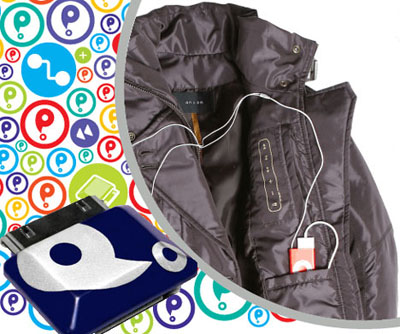Here’s a case of an interesting new capability made possible by an even more interesting bit of science. The BBC recently reported that “hand-held devices could soon have pressure-sensitive touch-screens and keys, thanks to a UK firm’s material that exploits a quantum physics trick.” The UX/IxD possibilities enabled by adding a pressure dimension to touch interactions are as numerous as they are exciting.
This is accomplished using a material called Quantum Tunnelling Composite (QTC). As it turns out, QTC has been around since 1996, and is being developed by Peratech Ltd. The sensing capabilities of QTC extend beyond just touch. From Peratech’s website:
Peratech has come up with a very interesting collection of possible applications of their technology—definitely worth your time to peruse. I apologize if this is beginning to read like a Peratech press release, and we usually try to avoid drawing so much from a corporate website, but there’s so much fascinating stuff on their site that UX/IxD folks should know about.
The science behind QTC is intriguing, as it relies on some Star Trek-esque quantum mechanical concepts. Here’s a brief rundown by the BBC:
The composite works by using spiky conducting nanoparticles, similar to tiny medieval maces, dispersed evenly in a polymer.
None of these spiky balls actually touch, but the closer they get to each other, the more likely they are to undergo a quantum physics phenomenon known as tunnelling… Simply put, quantum mechanics says that there is a tiny probability that a particle shot at a wall will pass through it in an effect known as tunnelling.
Similarly, the material that surrounds the spiky balls acts like a wall to electric current. But as the balls draw closer together, when squashed or deformed by a finger’s pressure, the probability of a charge tunnelling through increases. The net result is that pressing harder on the material leads to a smooth increase in the current through it.
Full article here, images courtesy of Peratech.
For science geeks, there’s a more complete explanation (again, with apologies) on Peratech’s site.






